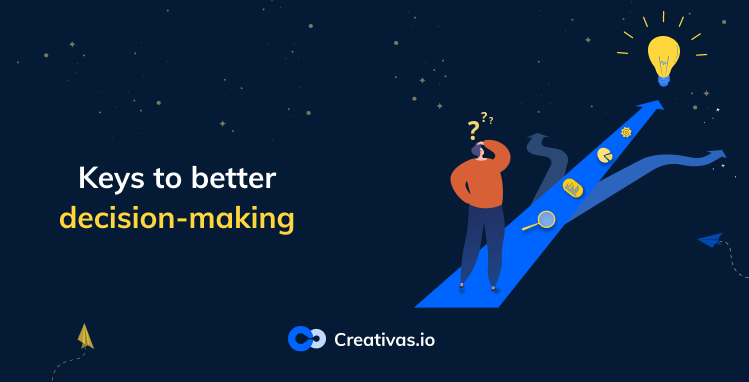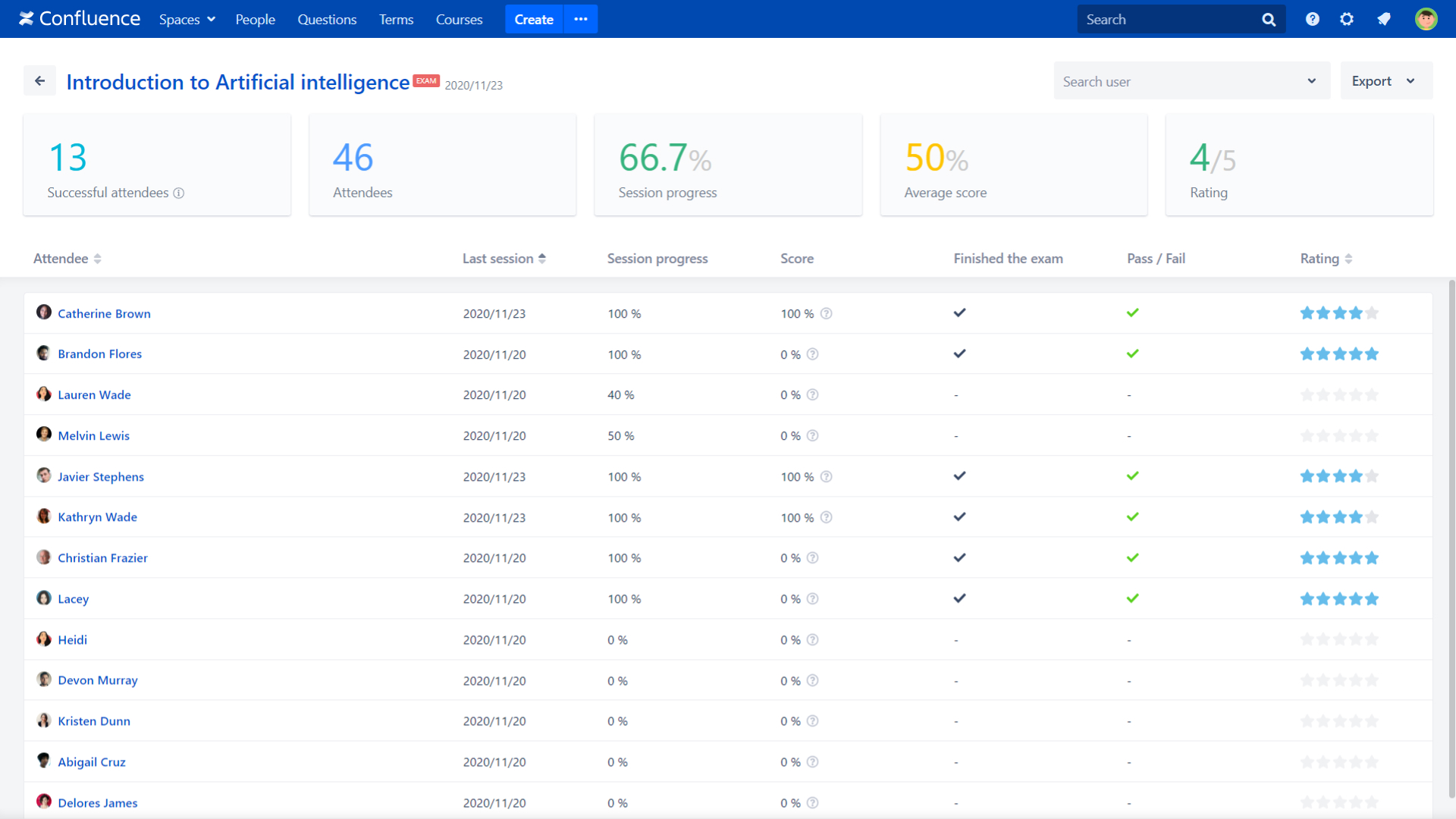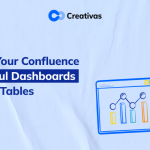
Keys to better decision-making
We make decisions every day in our lives, yet we don’t always make the right ones. Well, that’s normal! You don’t have to worry about it. What’s more important is to seek the tips to be a more decisive person to ensure productivity and effectiveness.
Suppose you’re a director, a manager, a team leader, or holding whatever job position that requires you to be decisive. In that case, these are the steps you should follow to ensure effective decision-making and enhance productivity rates.
Know the reason behind your decisions:
Every organization should set clear goals, and that’s the starting point. As a decision-maker, you should specify the objective you want to reach out of that decision and why you want to reach that objective or goal. Always search for promoting your company’s value and achieving its core purpose. Know your goals and the why behind them, and the path to the right direction will be more transparent for you.
Be aware of the risks:
Before jumping into a decision, ask yourself, “what could go wrong? or what’s the worst thing that could happen?” This helps you get a clear vision of the risks that could happen if you take that decision. Try to visualize it; if it’s something that doesn’t affect the business, then go for it; if it does, imagine it happening and try to figure out solutions to minimize that risk.
Put Analytics to work:
We’re usually familiar with using intuitions in our decision-making throughout the years, and it’s been the most used way. Like they said, “follow your intuition.” Intuitive decisions may leave money on the table. However, it’s not always the suitable method to make the right and risk-free decisions. Analytics are essential in every domain, and using them helps the business on different levels, including cutting costs and managing risks. Thomas et al. stated in the year 2010 that ‘Putting analytics to work is about improving performance in key business domains using data and analysis.”
Analytics is mainly about data, and this latter gives statistics and numbers about previous sales, profits, percentages of loss, and how much a company generated from a specific marketing campaign. This data allows decision-makers to detect the strengths and flaws of every previous investment. Thereby, identify the next move, and in this context, we mean decision.
Another example of analytics and data that became more common, especially after the COVID-19 pandemic, is the training evaluation. You can measure the e-learning effectiveness with numbers. It helps you get concrete data about whether this is returning on investment or not. If you don’t have the right LMS tool to provide you with post-training metrics, you can install our app, “Smart Courses” for Confluence.

Expand the team:
After the Covid-19 pandemic, companies started minimizing teams and by that minimizing the decisions makers and limiting the authority to very small groups. However, this is not referring to benefit. Two opinions are better than one. That means the more, the better. In a business concept, it’s wise to include stakeholders in the meeting, especially when big decisions are taken. However, some decisions don’t require a bunch of people gathering around the table. Choose whose to involve smartly and wisely.
Another important element is to make sure everyone knows its limitations. In other words, everyone has a voice, but not everyone has the authority to implement. You’re just taking different perspectives, opinions, and points of view to ensure nothing is missing.
ConfluenceLearningLMSTraining

